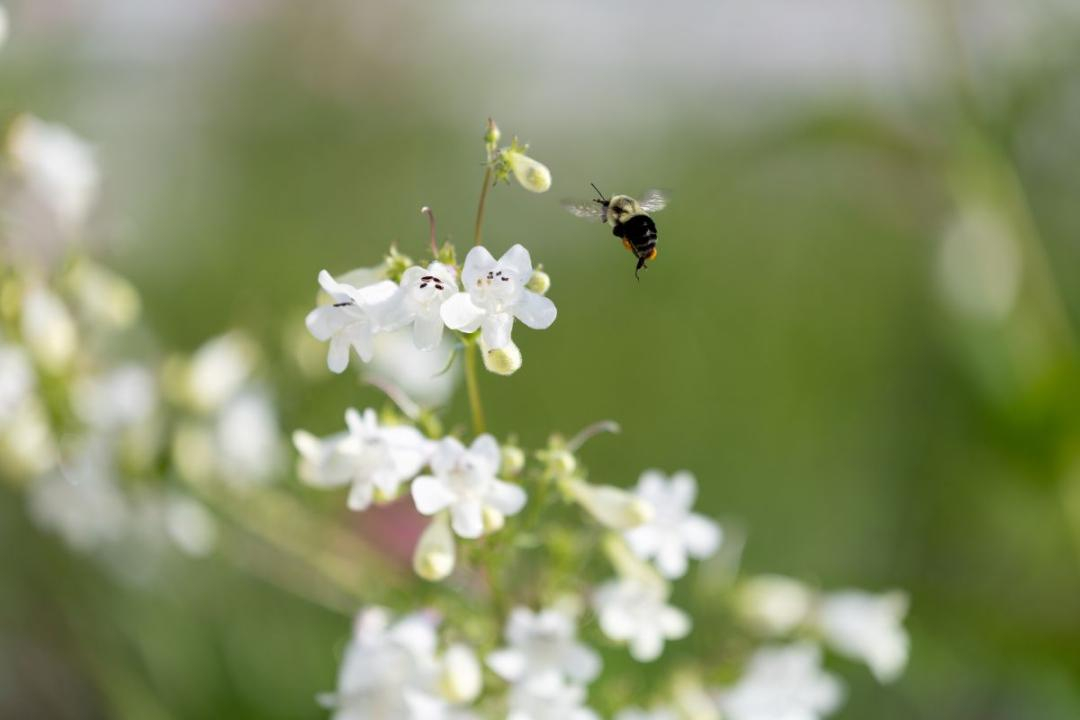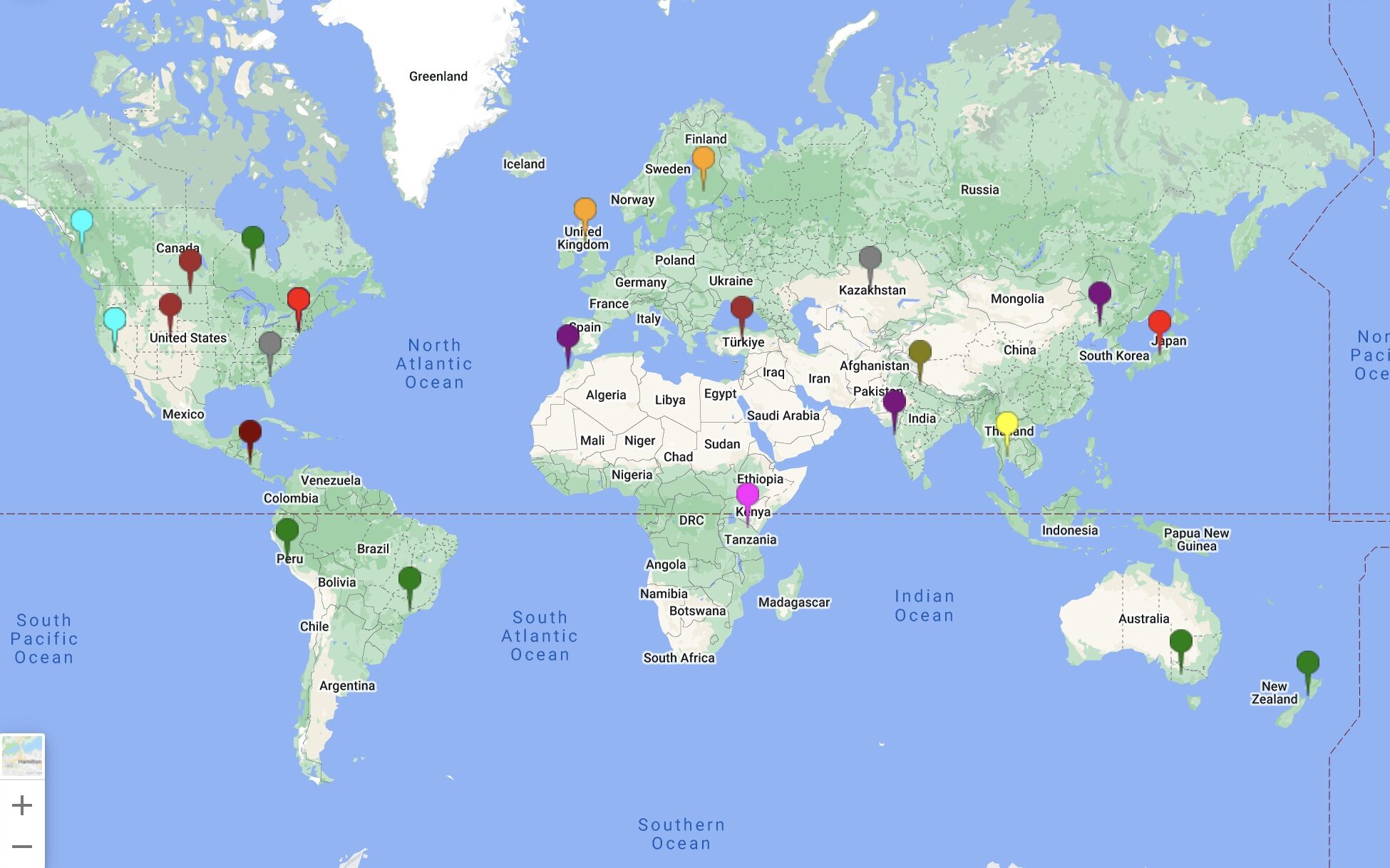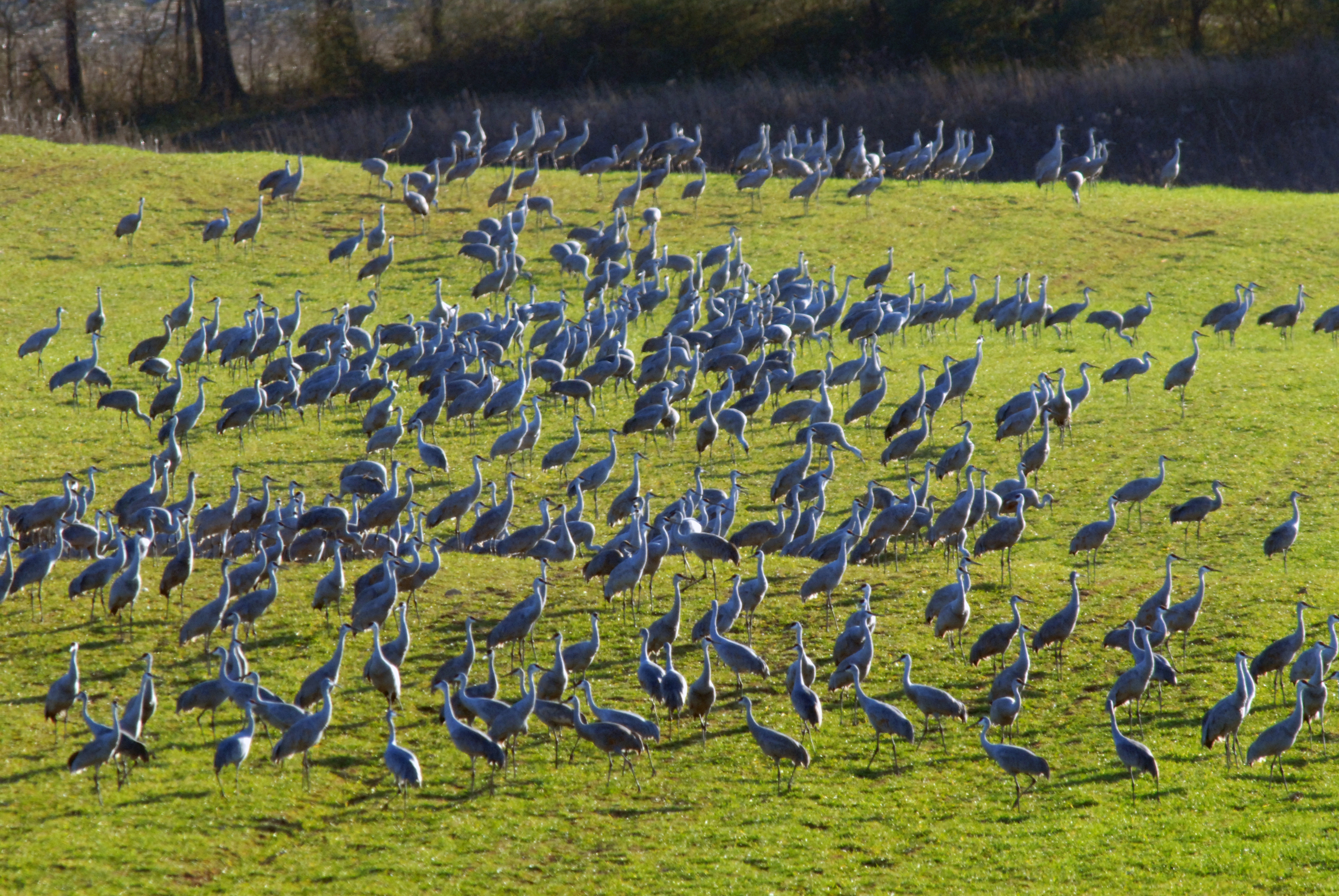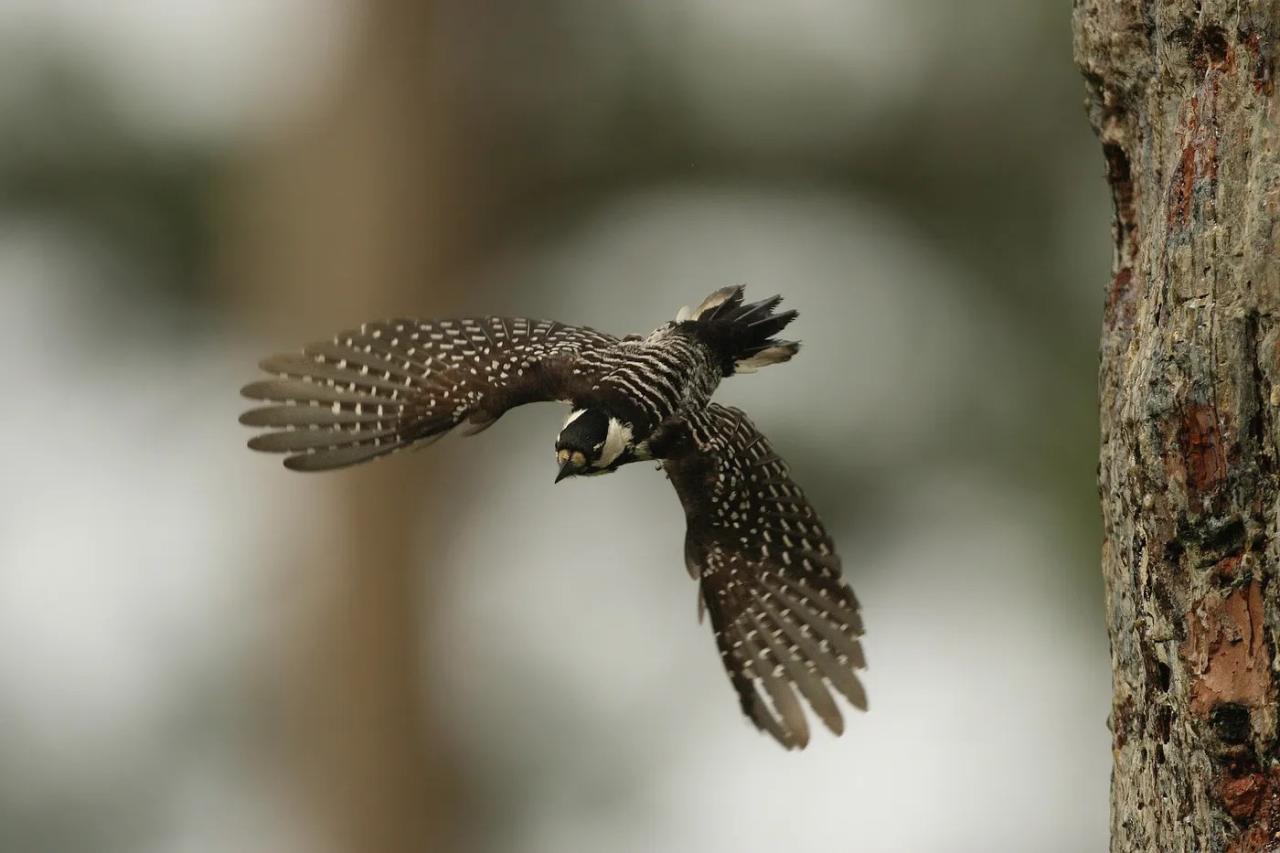![4 cbc pileated caneycreek Evan Kidd photo 600x846]() A pileated woodpecker is seen seeking dinner; it is a common denizen of winter Southern Appalachian forests and likely made many Christmas bird lists. Evan Kidd via Smokies Life
A pileated woodpecker is seen seeking dinner; it is a common denizen of winter Southern Appalachian forests and likely made many Christmas bird lists. Evan Kidd via Smokies Life
Citizen-led Audubon Christmas Bird Count tallies our feathered friends for yet another year
Holly Kays is the lead writer for Smokies Life.
GATLINBURG — Since its origin in 1900, the Christmas Bird Count has become a holiday fixture for ever-expanding numbers of birders across the globe, giving a valuable gift to generations of wildlife scientists — a massive trove of data on bird populations in the Western Hemisphere.
This annual avian census, set to commence for the 125th time, began in an era when many bird species were facing steep declines, especially waterfowl prized for their feathers. The Christmas Bird Count was the National Audubon Society’s answer to the traditional Christmas Side Hunt, a team competition that encouraged participants to kill as many furred and feathered creatures as possible in a single outing.
“The Christmas Bird Count really got started as an alternative to those kinds of hunting efforts,” said Curtis Smalling, executive director of Audubon North Carolina. “This year is the 125th annual Christmas Bird Count, and that makes it the longest-running community science project in North America.”
Anyone can participate in the CBC, regardless of their birding skill level, by joining one of the thousands of circles, each 15 miles in diameter, that comprise the event. The organizer of each circle chooses a day between December 14 and January 5 to conduct their count. On the appointed day, all participants in the circle have 24 hours in which to tally as many birds as they can. In addition to listing the individual species spotted, they also count the number of individual birds seen and participant hours logged.
The Great Smoky Mountains region includes circles in Gatlinburg, Cades Cove, Knoxville, Franklin, Highlands, Waynesville, Hot Springs and Asheville.
![3 Common mergansers Warren Bielenberg 768x512]() A male (left) and female common merganser perch on a rock. Though this species may winter in coastal areas, it tends to prefer freshwater habitat and winters in the Smokies in small numbers. Warren Bielenberg via Smokies Life
A male (left) and female common merganser perch on a rock. Though this species may winter in coastal areas, it tends to prefer freshwater habitat and winters in the Smokies in small numbers. Warren Bielenberg via Smokies Life



















